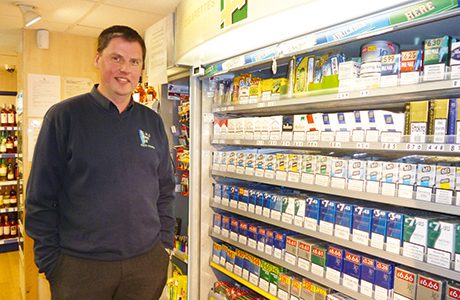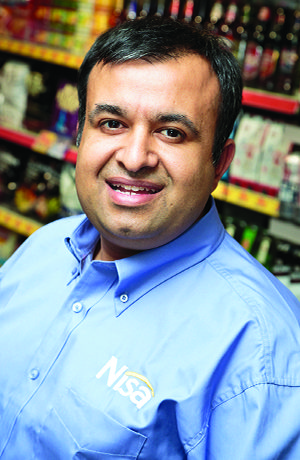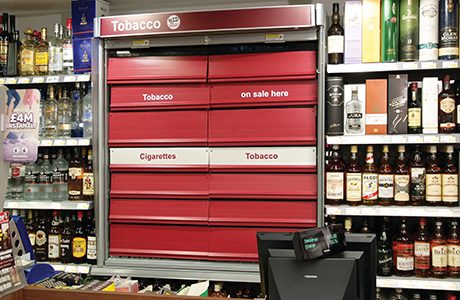For several years some argued that prominent use of PMPs on c-stores’ tobacco gantries gave convenience outlets an advantage over supermarkets, especially after large stores had to cover their cigarette units. Now that all stores have gone dark c-store retailers have important decisions to make.
ONLY time will tell what impact the retail display ban in smaller stores will really have on the UK tobacco category, but already it appears to be changing the way several retailers do business.

One subject currently splitting opinion is price-marked packs, which have long been argued to be a useful marketing tool in c-stores.
However, if customers can no longer see them on display, could there now be more advantage in stocking lines with a better margin?

Sid Ali has four Nisa stores in Aberdeenshire. He described the dark market in tobacco as a “fantastic opportunity” for retailers.
“I think too many retailers out there are scared, thinking they have to be the cheapest, yet all the market research I’ve seen suggests price isn’t the most important aspect for consumers,” he said.
“We’ve just completed a small exercise with Imperial Tobacco where up until the point of going dark we were pretty much all price-marked. Now we’re non-price-marked in all stores and we’ve found there’s very little sales decrease. One store’s reported £100 down, while another has reported a £500 increase on a weekly basis.
“But what we’ve noticed is our margin’s gone up from 6.2% to round about 9.7%.”
Fellow Nisa retailer Harris Aslam has also done away with price-marked packs in his four stores.
“We did think that going dark would have some effect on sales, but to be honest it’s made no difference,” he said.
“What we have seen is an increase in margin across all stores.
“We’ve now phased out all price-marked packs all together. That means extra margin, which has really helped across the business. And that’s absolutely crucial on products like tobacco where the margin has been squeezed more and more.
“We are working very closely with tobacco companies at present and we’re finding it really does pay off. Within the legislation, we can’t advertise products, but we can make sure that we’re selling the better lines.
“Price-marking just isn’t as important for customers since they can’t see the packs, so across the board I think most retailers are finding that they can get away with a bit of extra margin.”
However, not all retailers take the same view or are prepared to take the same chance. Chris Cobb of Cults Stores, Aberdeen, winner of the Scottish Grocer Tobacco Retailer of the Year Award, says he will continue to stock PMPs “for the moment”.
“It used to be that sometimes people came in and had a look at the gantry to see what was cheaper and they’d take that,” he said. “But the people asking us now what’s cheapest are very few and far between. We’re finding people are sticking to their own brands.
“However, we have a situation where a new Sainsbury’s Local is due to open near us in about two months time, so we are sticking to the price-marked packs. I know some retailers have stopped doing it since the gantries were covered over, but I’m deliberately sticking with them to be a wee bit more competitive.

“I’m making that choice for the moment, but it might change. If I get the feeling, down the line, that we don’t have to do it, I’ll change to non-priced.”
Shakeel Arshad, of Spar Elgin and Spar Buckpool, said he was a strong believer in price-marked packs, which he reckons boost consumer confidence.
Sales of some premium brands in his stores had suffered since going dark, he has found, with budget brands picking up as people ask for the cheapest option.
“In the tobacco range I always buy price-marked,” he said. “That’s been the case since day one, and I won’t change.
“I still believe very strongly that when it comes to cigarettes it’s a touchy subject with people and they do
take note of the price of a packet.
“I know that a customer can tell me that my Player’s are 16p cheaper than a shop down the road. If that person has told me exactly how many pennies he has saved by walking here then the 16p means something to him.
“You also pay more to buy in non-priced marked packs and the wholesaler and the manufacturer both want a cut of the cake.
“To go from making 5% to 6% on price-marked to making 8% on non-price-marked you do need to make quite a considerable leap in price. I’m not going to take the risk.”


















